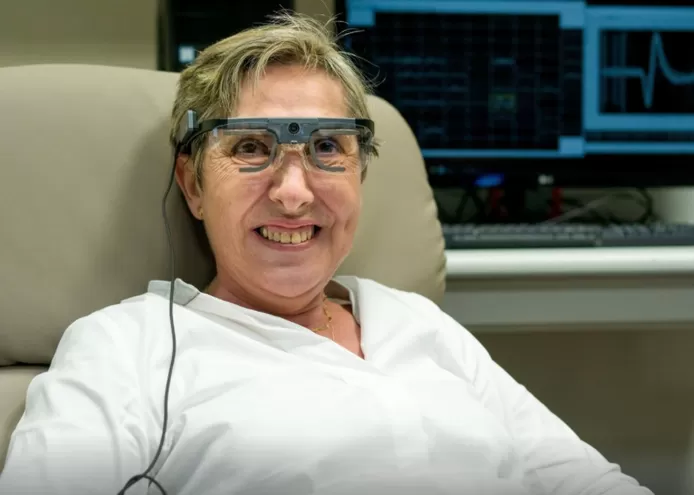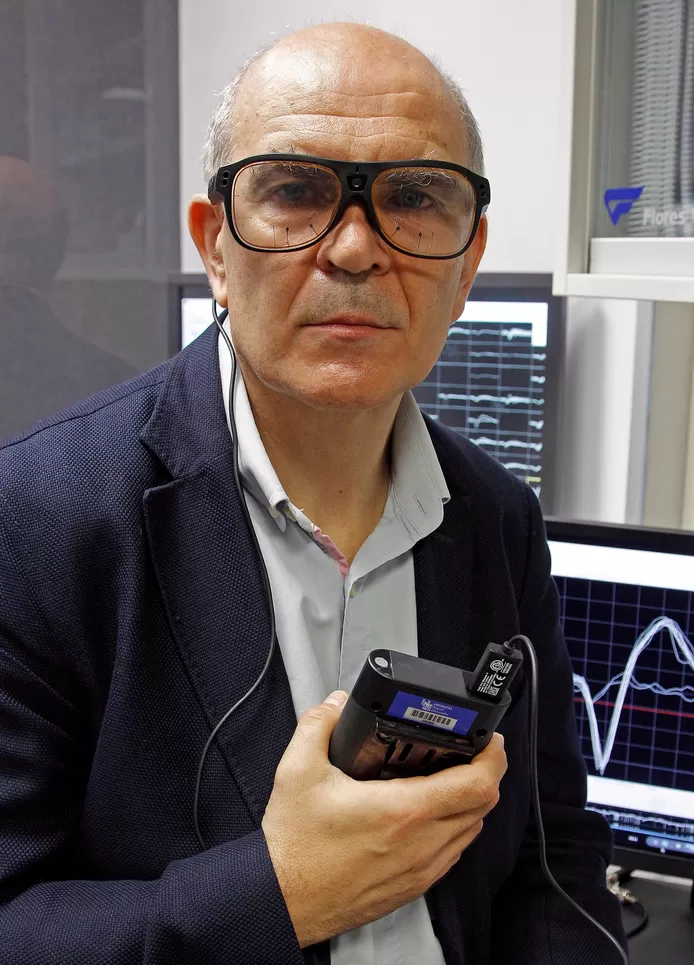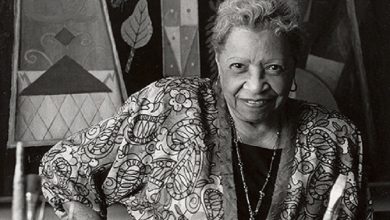Spanish scientists test brain implant in blind woman: ‘I could see shapes and letters again’

Scientists at the University Miguel Hernández de Elche in Alicante, Spain, have developed a brain implant that will enable blind individuals to see new forms. Bernardeta Gómez, 57, was the first to get the implant after becoming blind 16 years ago owing to a neurological disease. The study may lead to a breakthrough. It’s the first time the technology has been used on someone who is blind.
The implant consists of 96 electrodes. These are current conductors with which electrical stimulation is administered. The device was placed in Gómez’s back part of her brain that is responsible for vision. The implant allowed her to recognize different patterns and letters again. The woman was even able to play a simple version of the computer game ‘Pac-Man’. Every time she is disconnected from the system, her vision is completely lost.

“Bright stars”
“I got the implant three years ago. We didn’t make much progress during the first research phase, so I wanted to extend the experiment. After a while, I started to notice changes in intensity. I could see very bright ‘stars’ in different shapes,” said the 57-year-old woman. According to the scientists, the “stars” were ‘phosphenes’, a visual phenomenon in the form of flashes or white-yellow spheres under external pressure on the eyeballs. For example, people who rub their eyes will notice a lot of phosphenes.
The scientists activated the electrodes one by one and in this way started the phosphenes. Once Gómez’s brain got used to the system, the researchers activated more and more electrodes. “Then I started to see rectangles and squares and I could even distinguish patterns. That’s how I saw the face of a person and a dog,” says the woman. “It was a real experience, I have no words for it”, it sounds. During the last months of the experiment, the subject even managed to read letters, including L, C, V, and O.
Continue experiment
The scientists of the study – which was realized in collaboration with a Dutch and American university – want to further develop the experiment and are now gathering volunteers who want to test the implant.

According to experts, however, this is a pilot study for the time being and the system has yet to be tested on various blind people.




